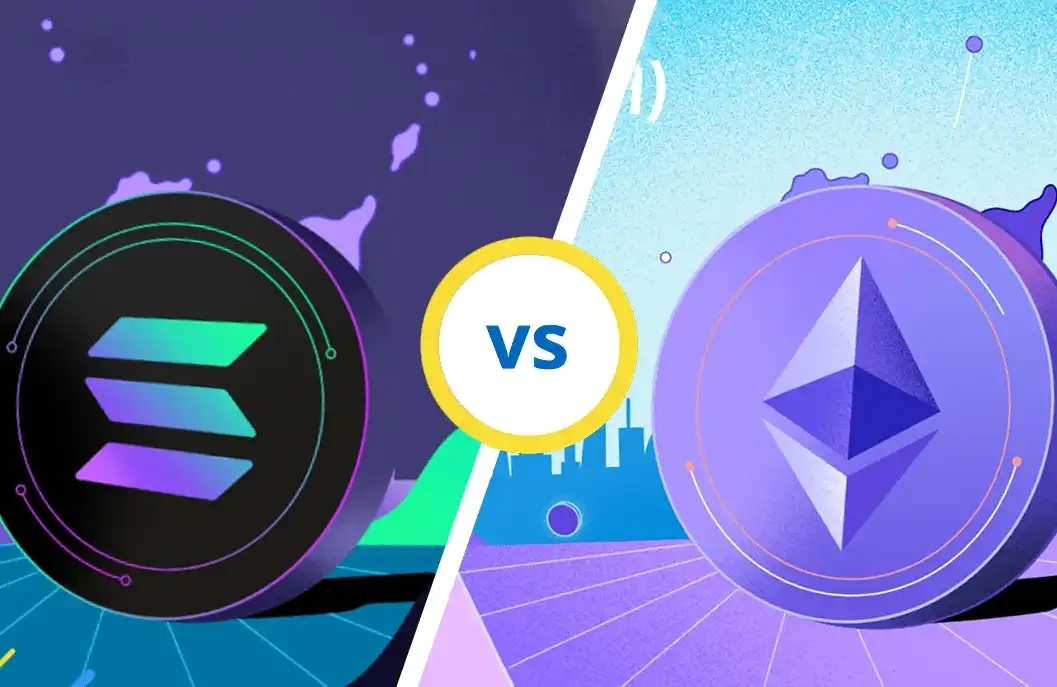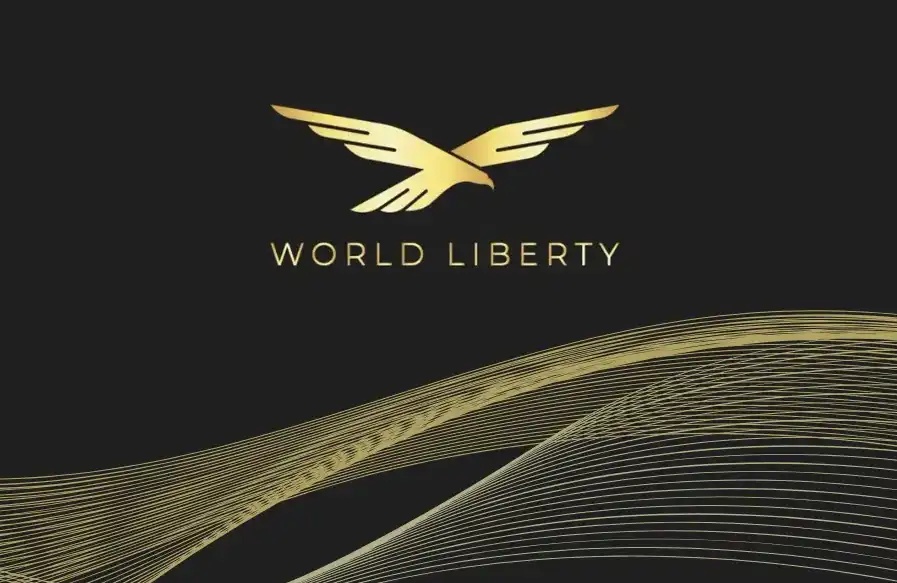WLFI Launch Countdown: How to Properly Value It in a Multi-Stakeholder Game?
Original Article Title: "WLFI Near Open Trading, Understanding the Current State of the Ecosystem and Valuation Composition in One Article"
Original Article Author: Ethan, Odaily Planet Daily
The crypto market is about to welcome a highly anticipated new variable.
World Liberty Financial (WLFI) official X has stated that the goal is to open token trading by the end of August.
As an unprecedented combination of "political narrative + financial engineering" experiment, WLFI has been the focus of American crypto capital and market imagination since the second half of 2024. Now, at the point where the team is fully locked, the public offering is unlocking in batches, and the TGE is imminent, it is necessary to reassess the current valuation logic of this project, the on-chain performance of its stablecoin USD1, and WLFI's capital actions and layout in the external ecosystem.
Considering these signals collectively, the next stage of WLFI may not just be a "governance token that can be traded," but a "cryptopolitical structure" benchmarking TRUMP, imitating the MSTR model, and binding a multi-chain path to USD1.
How Valuation Is Anchored: ALT 5, Justin Sun, DWF Labs, and Multi-Round Price Wars
In October 2024, WLFI launched the first round of public offering at a price of $0.015, raising a total of $300 million; on the day of Trump's inauguration in January 2025, the second round was launched at a price of $0.05, raising an additional $250 million. These two rounds attracted over 150,000 users, covering various markets such as North America, Asia, and Europe, becoming one of the hottest initial fundraisings from late 2024 to early 2025.
During the fundraising stage, the project adopted a "lock circulation, bet on the future" strategy, setting the tokens to be non-tradable and only for governance participation during fundraising. Although this mechanism was once questioned by the market, it effectively filtered out speculative trading and formed a more cohesive community structure based on subsequent market performance. It was not until July 17th of this year that the official Community Governance Proposal was officially approved, followed by an official announcement on the 19th that the TGE may launch around the end of August. (This timing is an estimate, not a specific time, and the original article states that the fastest completion time is 6-8 weeks from the announcement date)

According to official statements and on-chain data, only early-stage public offering allocations will receive partial unlocking, with the core team, advisors, and strategic investors all locked, and the future unlock schedule to be determined by community voting.

Building on this foundation, a review of OTC trading data since July reveals that WLFI's trading price has fluctuated between $0.8 and $1 (according to LBank Pre-Market data). Moreover, on the prediction market Polymarket, the probability of "Post-TGE FDV over $13 Billion" is as high as 74% (as of August 14 data). At this FDV level comparison, the first-round investors may see a return of over 867%.

According to publicly available information, entities such as DWF Labs, Web 3 Port, and Aqua 1 Fund made significant purchases in the strategic round. Among them, Justin Sun acquired 300 million WLFI tokens at a low price through the Tron DAO in November last year, even below the $0.015 public round price, becoming one of the largest individual holders. The entry of this capital has not only enhanced WLFI's institutional credibility but has also set the stage for a market performance "game" post-token unlock.

After the "unlisted" governance token received its first off-chain valuation anchor at $0.20 following ALT 5 Sigma's strategic presale, ALT 5 is set to issue 200 million new shares, with half directly used for token swap with the WLFI project, resulting in a book value of $0.20 per WLFI token based on a $1.5 billion valuation. Behind this transaction round are more political and capital signals. ALT 5 not only provided a valuation anchor but has also become a critical part of the WLFI governance structure. Key figures such as Eric Trump from the Trump family, WLFI CEO Zach Witkoff, COO Zak Folkman have joined the ALT 5 board, with plans to integrate WLFI into their crypto treasury assets to build a new capital model for a "decentralized company reserve fund."
It can be said that ALT 5's actions have not only provided a valuation anchor for WLFI but have also established it as a "political capital anchor" in the Web 3 world.
Stablecoin USD1: From on-chain Unpegging Test to Scale-up Integration
USD1, closely tied to WLFI, is also undergoing rapid evolution.
USD1 is a core lever for WLFI in the stablecoin market, structured as a 1:1 USD-pegged stablecoin with reserves composed of US short-term treasuries and USD cash, with BitGo Trust Company as the custodian. This model is similar to USDC but leans more towards centralized platform integration and off-chain resource injection in its market expansion strategy. Since its official launch in March this year, USD1, backed by fiat reserves, BitGo custody, security audits, and resources linked to the Trump family, has rapidly expanded its market. In just two months, its circulating market cap exceeded $2.1 billion, making it the fastest-growing "latecomer" in the stablecoin landscape.

From the perspective of on-chain distribution, USD1 is mainly focused on the BNB Chain, with about 90% of the token circulation occurring on that chain. It has also achieved compatibility deployment on Ethereum and Polygon through the Chainlink CCIP and has landed on the Tron Chain. Currently, USD1 has successfully been listed on trading platforms such as Binance, HTX, and MEXC, and has implemented functions such as staking, lending, and swapping through protocols like ListaDAO, StakeStone, and Falcon Finance.
However, the subsequent high-frequency usage has exposed the potential fragility of liquidity. On July 29, after the conclusion of the USD1 IKA Launchpad event on the Gate platform, a centralized redemption of funds on the scale of 200 million USD triggered a brief unpegging, causing the price to briefly drop to 0.9934 USDT. This sell-off resulting from user redemptions is seen as a passive stress test for USD1 in a real market environment.

Fortunately, the price later stabilized at 0.9984 and did not spiral out of control. On August 7, the project team promptly released the USD1 Points Program, clearly stating that they will provide users with point incentives through transactions, holdings, and staking. The token has also been simultaneously listed on multiple mainstream exchanges like OKX, with plans to integrate with the WLFI App and on-chain native DeFi projects in the future, further solidifying the stablecoin's user stickiness and on-chain application layer.
However, looking at the on-chain ecosystem, the situation does not seem optimistic. The current trading volume of USD1 within the Binance ecosystem is limited. Previously, meme coins such as BUILDon, usd1doge, and wlfidoge experienced multiples to tens of multiples in price surges but then disappeared without a sustained push or showing a "leader effect." Whether the on-chain prosperity can continue may perhaps hinge on the specific details of the points program.
Nevertheless, one fact cannot be denied: USD1 is no longer just "WLFI's affiliated stablecoin" but is gradually becoming the on-chain valuation unit and financial intermediary of the Trump narrative.
Ecosystem Expansion: Multifaceted Foreign Investment and Asset Acquisition under the Treasury Strategy
Compared to "telling stories," WLFI understands better how to "use money to make footnotes." The WLFI project has always emphasized the "crypto treasury model" and has adopted a multidimensional expansion strategy in practice.
In the first half of 2025, WLFI successively invested in or announced investments in the following projects:
· Made a strategic investment of $10 million in Falcon Finance, with USD1 becoming its official collateral asset;
· Committed to investing $6 million in Vaulta (formerly EOS) to drive the implementation of its Web3 banking module in the United States;
· Purchased $6 million worth of Vaulta A and EOS through DEXs such as Pancake and exSat;
· Actively acquired mainstream crypto assets such as LINK, TRX, AAVE, SEI, AVAX, MNT, ENA, ONDO, MOVE, with a total expenditure exceeding $40 million.

Some of these assets (such as TRX, LINK, AAVE) have been included in WLFI's strategic national treasury asset reserve to support stablecoin issuance and financial instrument development.
More importantly, WLFI made a capital reverse input into ALT 5. Through a token swap model, the project gained a board seat in ALT 5 and propelled its crypto asset management business to be restructured around WLFI. This approach serves as both a valuation anchoring tool and a community governance signal.
According to co-founder Zak Folkman, three publicly traded U.S. companies have already expressed willingness to consider including WLFI in their asset reserves. He stated, "We are trying to replicate Michael Saylor's path, but through a stablecoin-dominant channel."
Of particular note is that most of these investments revolve around the actual circulation and payment scenarios of USD1, directly solidifying its stablecoin intermediary position.
The Cryptocurrency Experiment of Political Capital Continues to Advance
From the "non-negotiable" governance setting to the highly anticipated TGE, from the rapid expansion of the stablecoin USD1 to the ecosystem-wide capital deployment, from investor structures featuring Justin Sun, DWF Labs, Aqua Fund to a Polymarket where users bet on its FDV exceeding $13 billion in a speculative game... the underlying logic of this series of actions is clear:
WLFI is attempting to transform political brand power into crypto financial traffic and build a complete ecosystem from treasury mechanisms, stablecoin issuance, scenario construction to community governance.
In the short term, the market will still revolve around key events such as TGE, unlock schedules, and exchange listings, while in the long term, whether this "crypto experiment born from Trump" can continue to gain market trust, withstand extreme volatility, will also depend on its ability to achieve a high degree of coupling between political narrative and financial engineering.
The ecosystem built by WLFI is obviously not a singular DeFi project but rather a form of "scenario-based representation" of an embedded political capital mechanism in the Web 3 world. Behind it, there is not only the personal brand influence of the Trump family but also the macro backdrop of the U.S. government's changing attitude towards the crypto industry (such as the GENIUS Act, etc.). Therefore, WLFI is not building a "anonymous community governance" type of pure on-chain model but rather seems to be constructing a cross-chain, cross-disciplinary governance experiment field.
If Polygon is the Web 3 blueprint of Indian political-business-technology collusion, then WLFI is an integrated exercise of "American crypto nationalism."
However, the risks should also be noted: extreme token distribution imbalance (high concentration of holdings by large holders); intense actions by the project team in strategic investments, leading to high asset risk exposure; stablecoin USD1 is still in the early stages of development on the chain and has not yet withstood the test of stability at a large market cap; while the political label can attract attention, it may also amplify regulatory pressure.
In the future, whether WLFI can truly break through pure political influence, establish financial inertia, still depends on two core paths: whether USD1 can truly become a mainstream on-chain payment and settlement network, and whether the post-TGE market circulation mechanism is stable and sustainable.
Conclusion: WLFI, Destined to Be More Than Just a Token
World Liberty Financial currently stands at a triple dividend point of policy shift, narrative transformation, and market recovery convergence. It carries the expectation of "transforming American political influence into on-chain order" and also faces the question of how "decentralized governance" is being taken over by real-world capital.
Can WLFI become the next TRUMP? Can it emulate MSTR in becoming a paradigm of corporate treasury cryptoization? Can it break the spell of "political cryptocurrency = emotional market value" and ultimately run with a long cycle that possesses financial compounding capability?
Believer or not, the era of WLFI is being initiated.
Welcome to join the official BlockBeats community:
Telegram Subscription Group: https://t.me/theblockbeats
Telegram Discussion Group: https://t.me/BlockBeats_App
Official Twitter Account: https://twitter.com/BlockBeatsAsia
 Forum
Forum

 Finance
Finance
 Specials
Specials
 On-chain Eco
On-chain Eco
 Entry
Entry
 Podcasts
Podcasts
 Activities
Activities
 OPRR
OPRR









